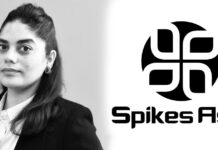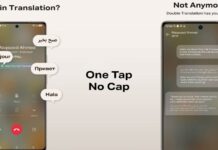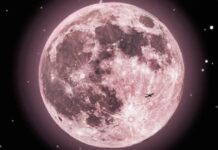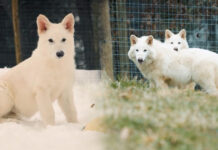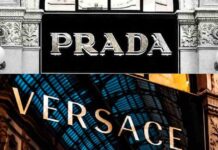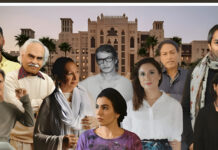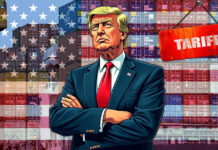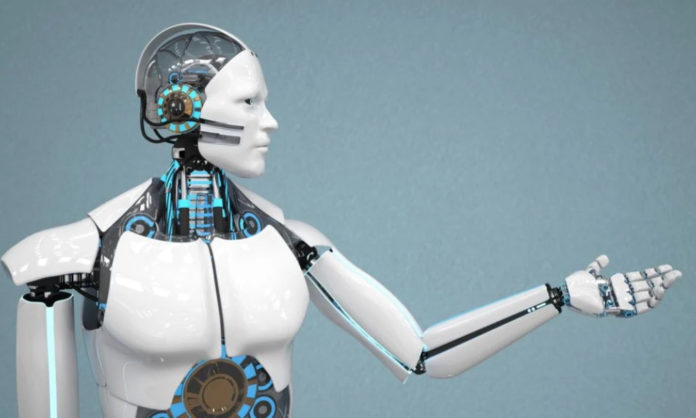People believe that human creativity is innate. Artificial intelligence (AI) has advanced to the point that it can now also be creative. Indignation was expressed by artists after a prize was given to an artwork produced by the AI model Mid journey in a recent competition. And now that Stable Diffusion, the most effective model of its sort to date, has been published, such software is publicly accessible.
Concerns regarding the application of AI, in the creative industries, have long been voiced by unions of creative professionals, such as Stop AI Stealing the Show. But could AI really displace professional artists? These new AI models have limitless potential. Even though each of the robots’ images is distinct, Stable Diffusion created them all from similar user requests.
These AI artists may be used in two different ways: by writing a brief text prompt or by including a picture with the prompt to provide more direction. I was able to come up with a number of logo concepts for a made-up fruit delivery firm using a 14-word challenge, a little less than 20 minutes using my average laptop.
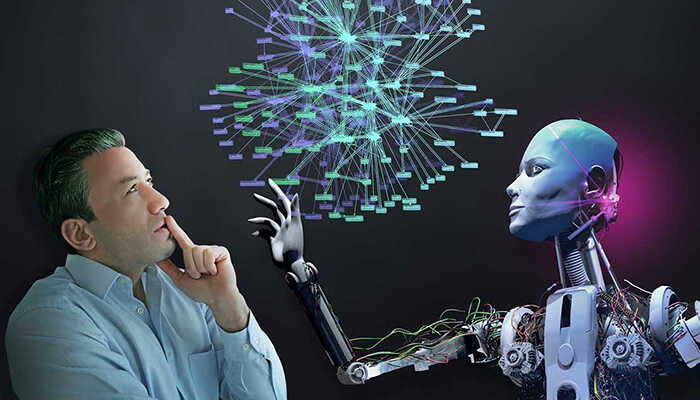
Although there have been significant advancements in the previous five years, AI art models still have certain limitations. Although sometimes nonsense, the words in their artwork are recognizable. In a similar vein, AI has trouble simulating human hands. The fact that these models can only create digital art is another evident limitation. They are unable to use pastels or oils the way other individuals can. Technology may initially cause a swing toward a new form, similar to how vinyl has made a comeback, but with time individuals.
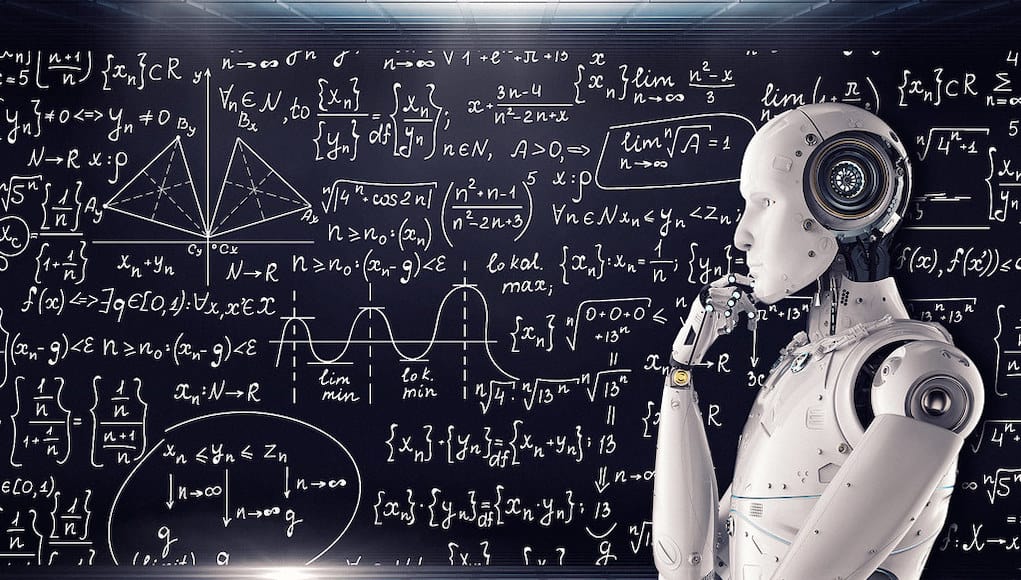
In the end, as prior study has indicated, AI models are more likely to operate as new tools for artists than as digital substitutes for creative individuals in their current form. For instance, the AI may provide a variety of images as a starting point, from which a human artist could choose and make improvements.
Stay tuned to Brandsynario for the latest news and updates.

